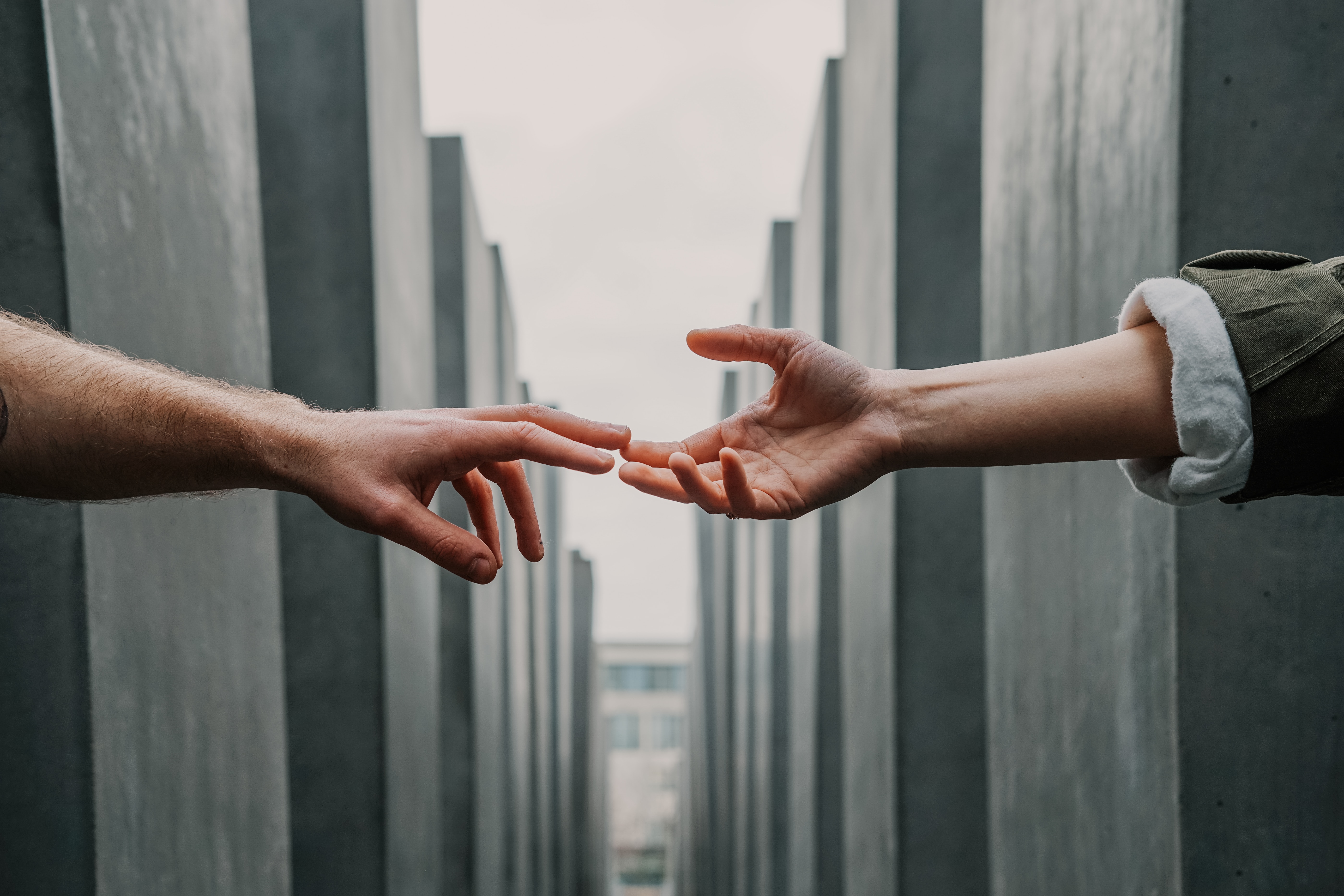Friendship and love are two of the most fundamental and cherished human connections. They play significant roles in our lives, shaping our experiences, emotions, and personal growth. While these two types of relationships are distinct in their nature and purpose, it’s not uncommon for their boundaries to blur, resulting in complex and multifaceted connections that challenge our understanding of interpersonal dynamics.
Understanding the blurring of boundaries between friendship and love requires delving into the intricate nuances of human relationships, the factors that contribute to this phenomenon, and the consequences it may have on individuals involved. In this essay, we will explore how friendship and love intersect, examining the various ways in which these boundaries can become less clear.
The Nature of Friendship and Love: To comprehend the blurring of boundaries between friendship and love, it’s essential to first understand the fundamental characteristics of each relationship type.
- Friendship: Friendship is a deep and meaningful connection between two individuals based on mutual trust, respect, and companionship. Friends offer emotional support, share common interests, and create a sense of belonging. While friendships can be emotionally intense, they typically lack the romantic and physical elements associated with love.
- Love: Love encompasses a broader spectrum of emotions and experiences. Romantic love involves not only emotional intimacy but also physical attraction and a desire for a romantic partnership. Love can take various forms, including romantic, familial, or platonic, each characterized by distinct emotional dynamics.
Emotional Intimacy and Vulnerability: One of the primary factors contributing to the blurring of boundaries between friendship and love is emotional intimacy. In both friendships and romantic relationships, individuals often share their thoughts, feelings, and vulnerabilities with one another. Over time, the emotional closeness that develops in a friendship can evolve into romantic feelings.
When friends become deeply connected through emotional sharing and mutual support, it’s not uncommon for these connections to transition into romantic love. The comfort and trust established in a friendship can lay the foundation for a romantic relationship to develop.
Shared Interests and Values: Friendships frequently form around shared interests, hobbies, or values. When two friends discover a deep connection rooted in common pursuits or beliefs, this shared foundation can strengthen their bond. Over time, the close relationship forged through these shared experiences can lead to romantic feelings.
For instance, two individuals who bond over a shared passion for music, literature, or social causes may find their friendship evolving into romantic love as they continue to explore their common interests together. This shared journey can intensify their emotional connection and blur the boundaries between friendship and love.
Time Spent Together: The amount of time people spend together plays a significant role in shaping the nature of their relationships. In close friendships, where individuals frequently spend substantial time together, deep emotional connections can form. As time passes, these connections may evolve, and the distinction between friendship and romantic love can become less clear.
The process of spending extensive time together allows individuals to become intimately acquainted with each other’s thoughts, emotions, and personalities. This familiarity can create a strong bond, making it easier for romantic feelings to emerge.
Physical Attraction: Physical attraction is a critical component of romantic love, differentiating it from friendship. When two friends are physically attracted to each other, the boundaries between friendship and love may begin to blur. This physical desire can spark romantic feelings that extend beyond the platonic realm.
Physical attraction can manifest in various ways, from subtle gestures and flirtation to more overt expressions of affection. When these elements enter a friendship, they can significantly impact the dynamics of the relationship, pushing it toward a romantic direction.
Trust and Vulnerability: Trust is a cornerstone of both friendships and romantic relationships. In friendships, trust often develops as individuals confide in each other and support one another emotionally. When trust is well-established in a friendship, it can serve as a solid foundation upon which a romantic relationship can be built.
In such cases, the transition from friendship to love may feel natural and comfortable because there is already a strong sense of emotional safety and reliability between the individuals involved.
Life Changes and Transformations: Significant life events or personal transformations can be catalysts for the blurring of boundaries between friendship and love. For example, when one friend experiences a breakup, a career change, or personal growth, their dynamics with a close friend may undergo a shift. This change can lead to the emergence of romantic feelings as the individuals navigate new aspects of themselves and their relationship.
Life changes often create opportunities for emotional reevaluation, causing individuals to reexamine their feelings toward their friends and potentially discover romantic inclinations they had not previously acknowledged.
Unclear Boundaries: The establishment and maintenance of clear boundaries are essential in any relationship. However, sometimes individuals may not set clear boundaries within their friendships, allowing emotional or physical closeness to escalate without distinct limits. In such cases, the transition from friendship to romantic love can occur almost organically, as both individuals may not recognize or address the evolving nature of their connection.
This lack of clarity regarding boundaries can contribute to the blurring of lines between friendship and love, leaving individuals in a state of emotional ambiguity.
Communication and Self-Reflection: As the boundaries between friendship and love blur, effective communication becomes paramount. Honest and open conversations about feelings and intentions are essential for both individuals to navigate their changing relationship dynamics successfully. Such discussions can help clarify the nature of the connection and the direction in which it is headed.
Additionally, self-reflection plays a crucial role in understanding one’s own emotions and desires. Individuals must take the time to introspect and assess their feelings toward their friend, whether they are experiencing romantic love or wish to preserve the friendship. Self-awareness is a key component in making informed decisions about the future of the relationship.
Respecting Choices and Outcomes: Ultimately, the path from friendship to love or vice versa is unique to each relationship. It’s essential for individuals to respect each other’s feelings and decisions. Whether the decision involves pursuing a romantic relationship or maintaining a strong friendship, mutual respect is vital for preserving the connection and the well-being of all parties involved.
Not all close friendships will evolve into romantic love, and not all romantic relationships have their origins in friendship. The blurring of boundaries is a natural part of human relationships, but it is also a complex phenomenon that requires sensitivity and consideration.
In conclusion, friendship and love are integral aspects of the human experience, offering deep connections and emotional fulfillment. While they are distinct in their nature and purpose, these relationships are not always neatly categorized, and their boundaries can blur for various reasons. Emotional intimacy, shared interests, time spent together, physical attraction, trust, life changes, unclear boundaries, communication, and self-reflection all contribute to this phenomenon.
When these boundaries blur, individuals must navigate the complexities of their emotions and intentions with care and consideration. Open and honest communication, along with mutual respect, are key to understanding and managing the evolving dynamics of the relationship. Ultimately, whether a friendship transforms into love or remains a cherished platonic bond, the journey is a unique and deeply personal one for each individual and relationship.


Excellent site….